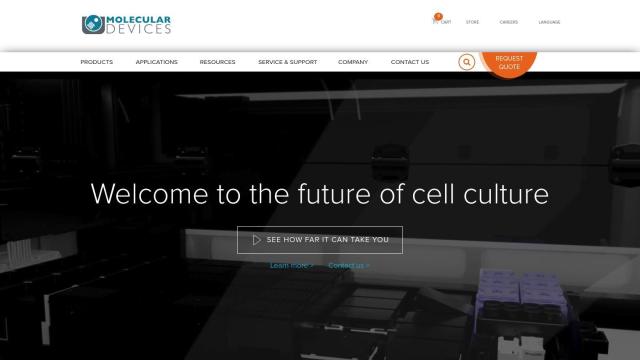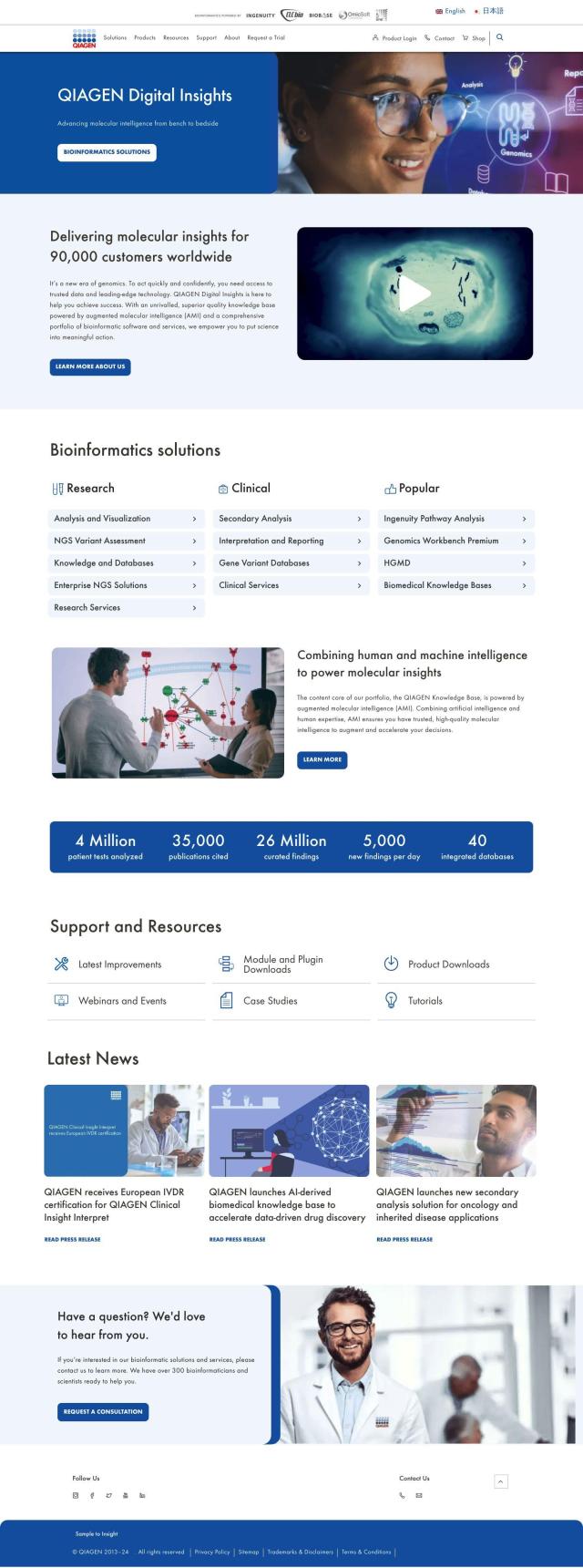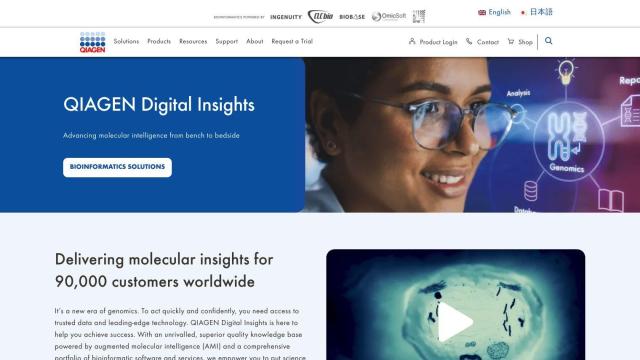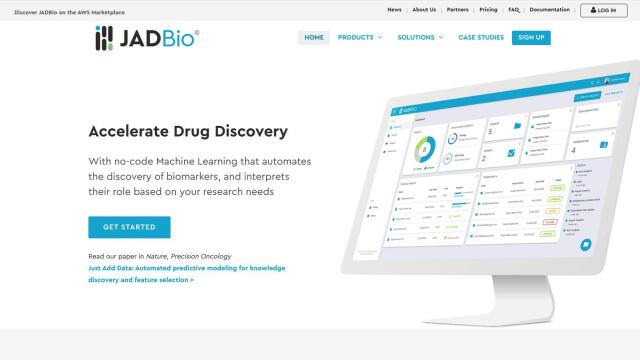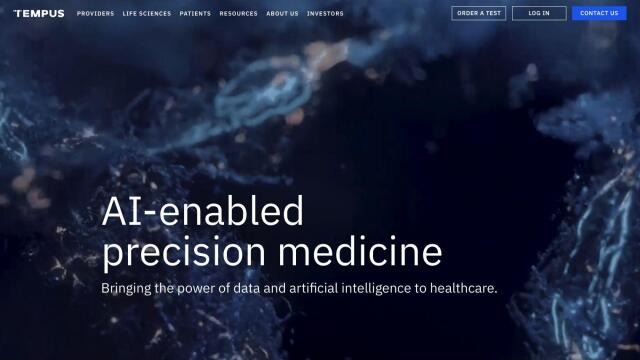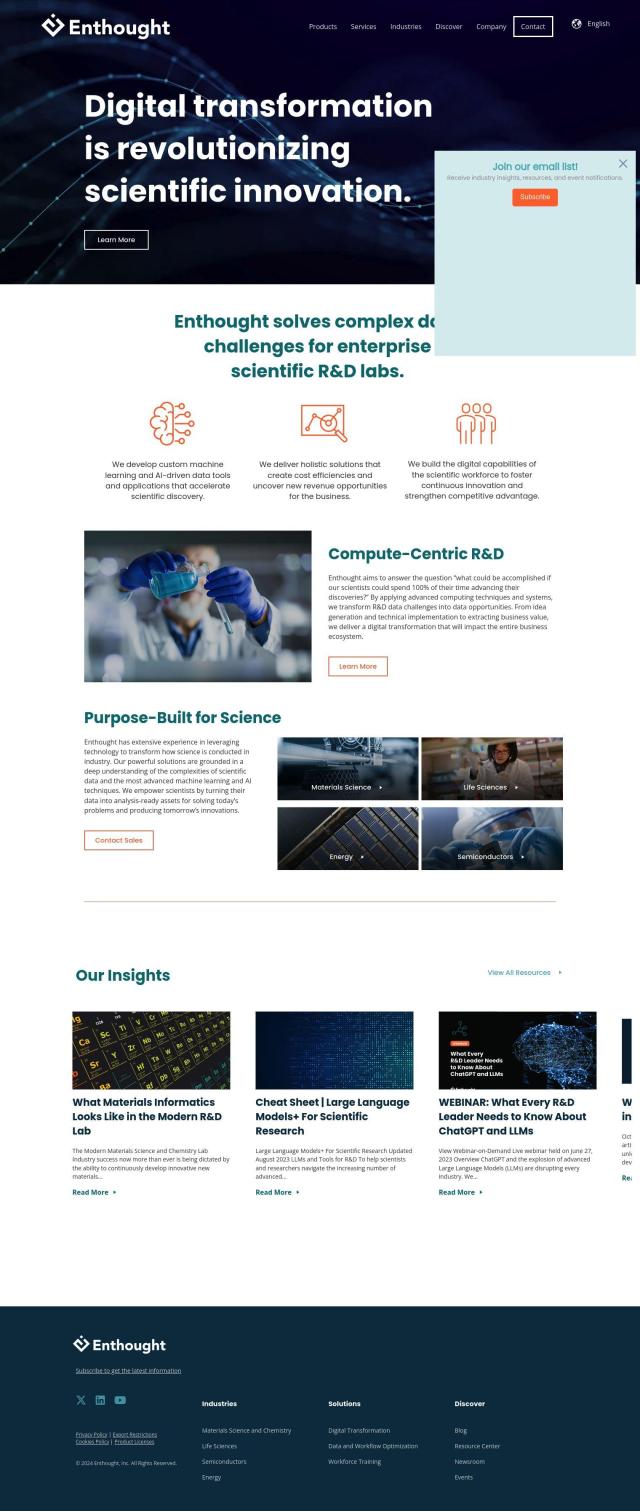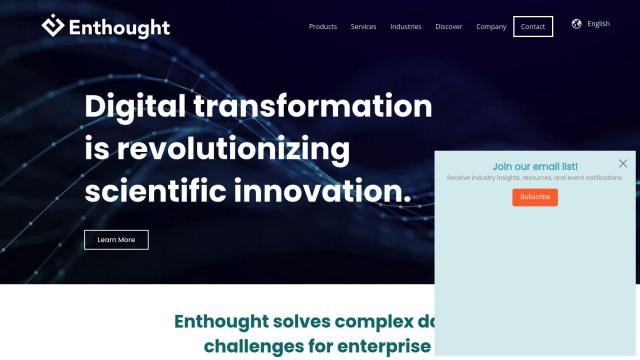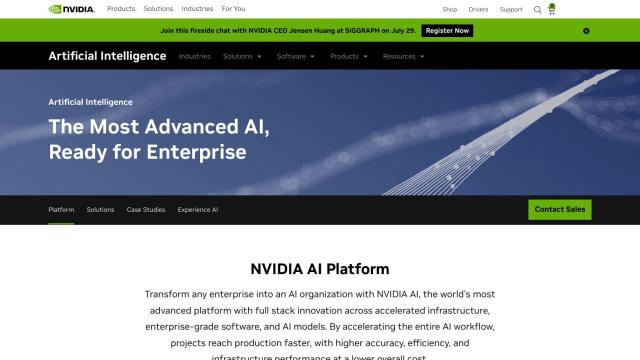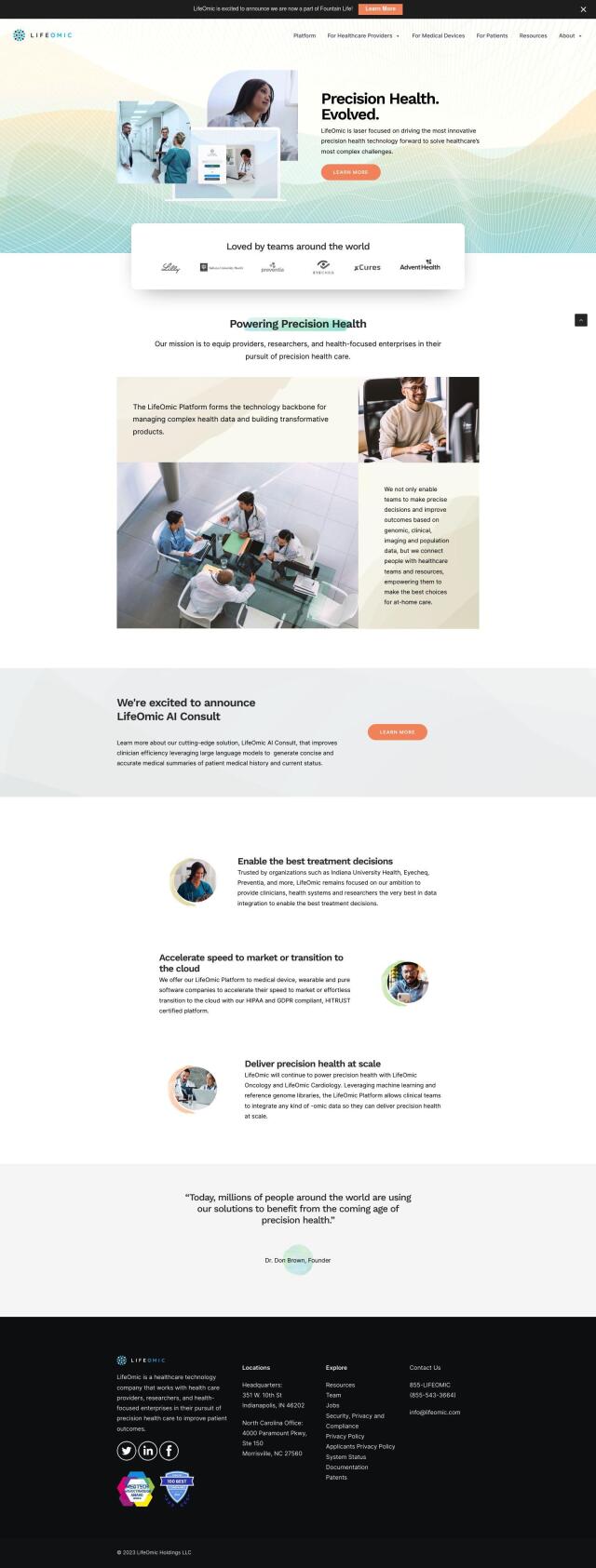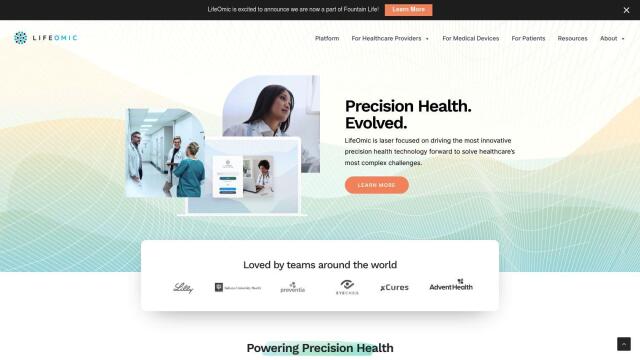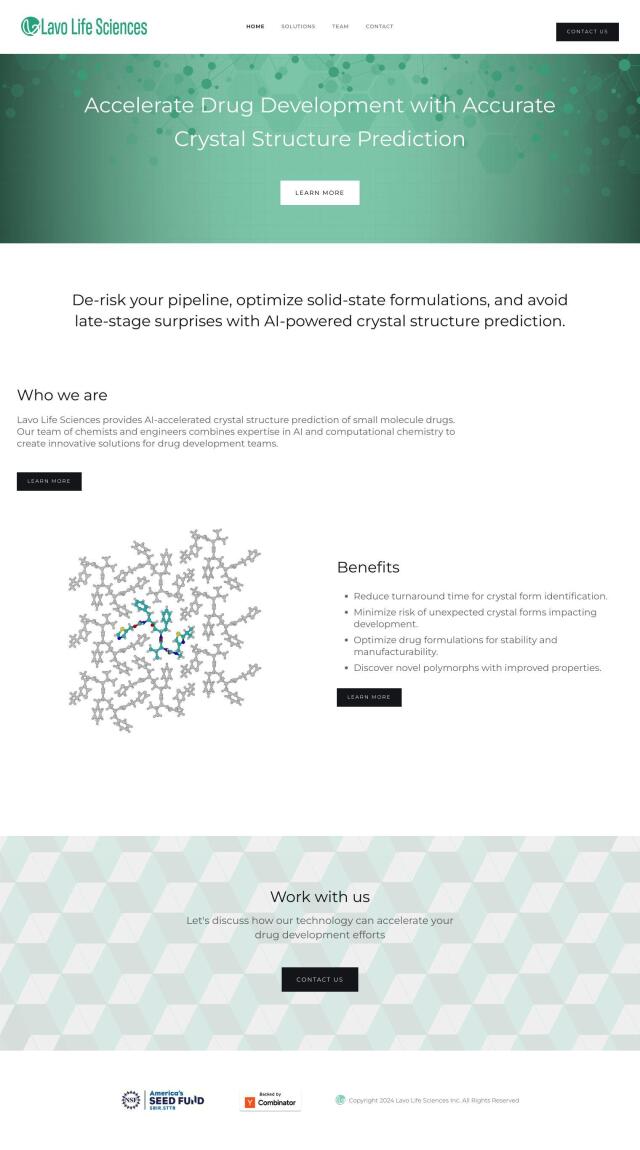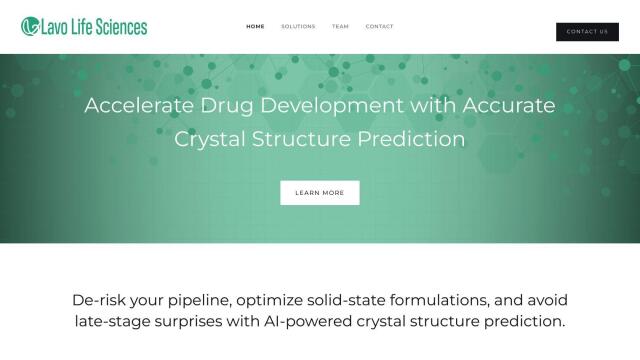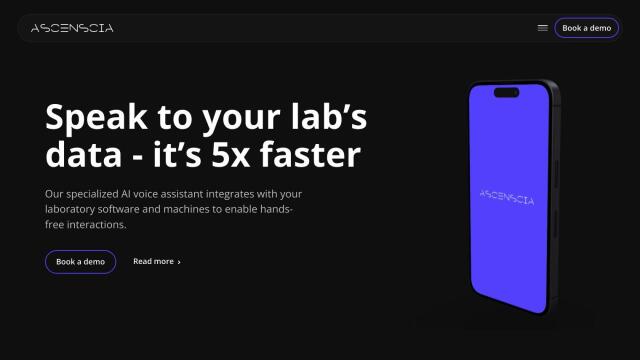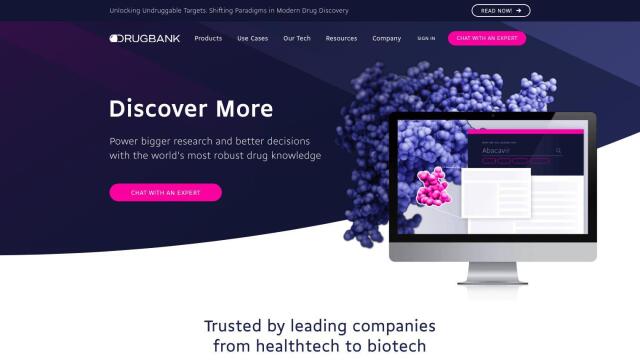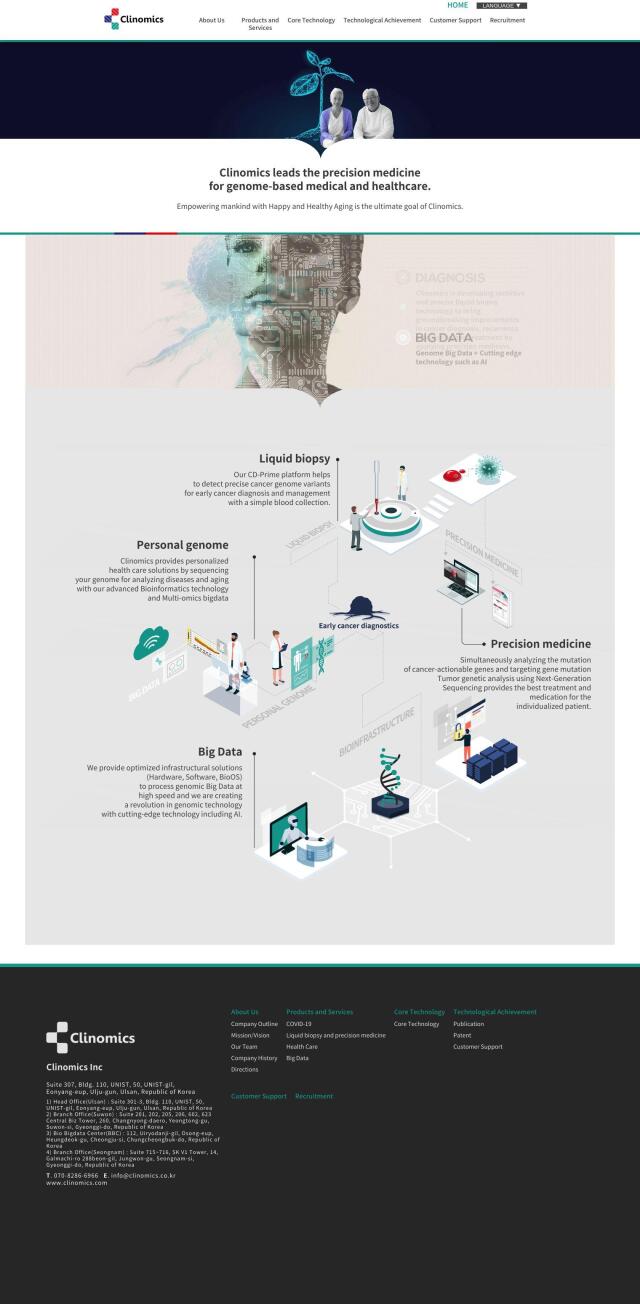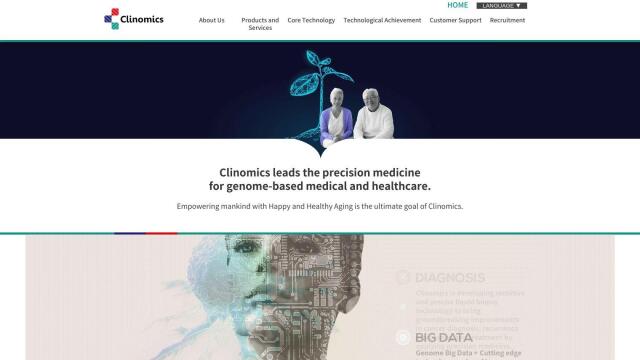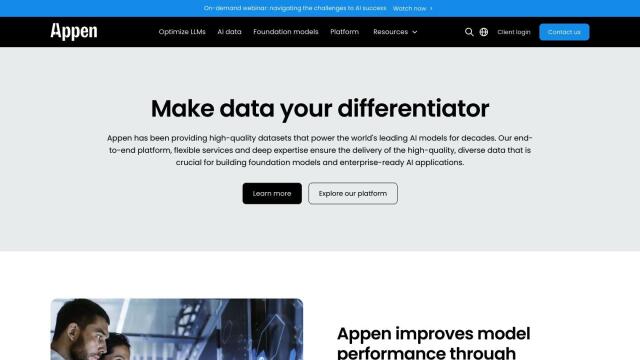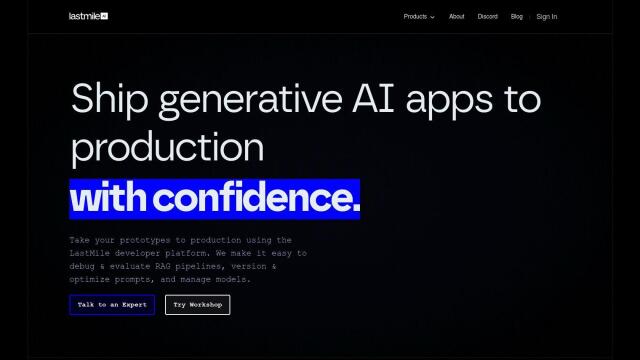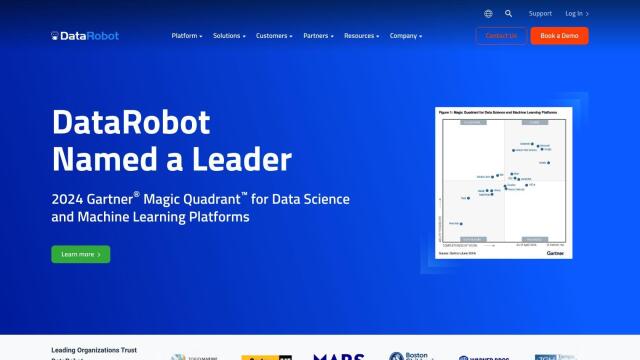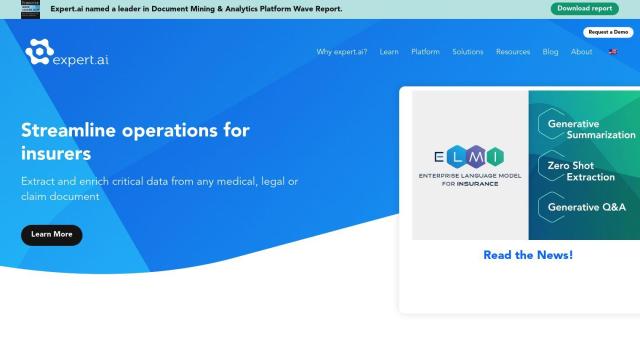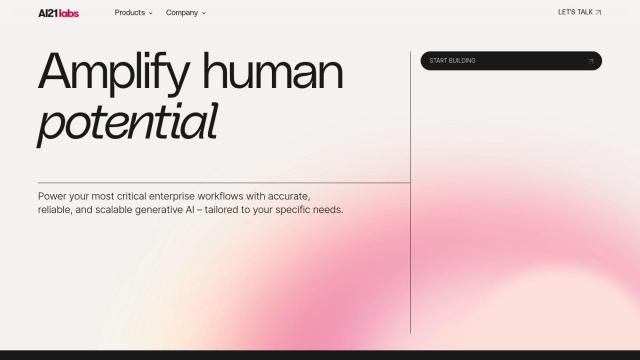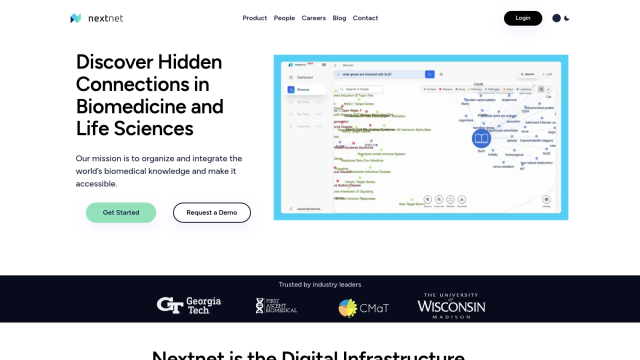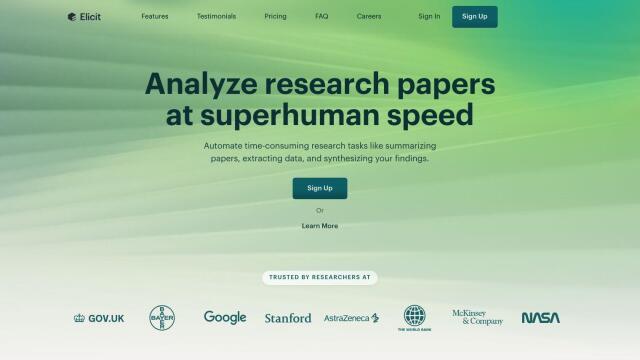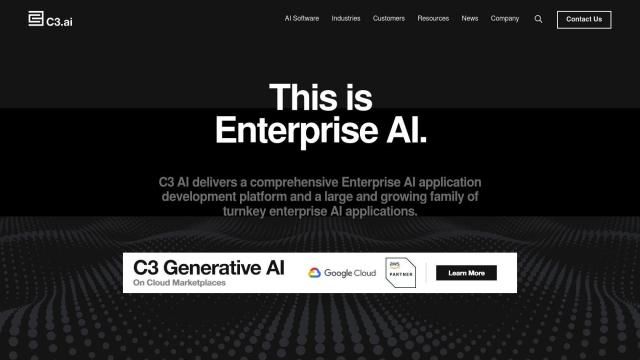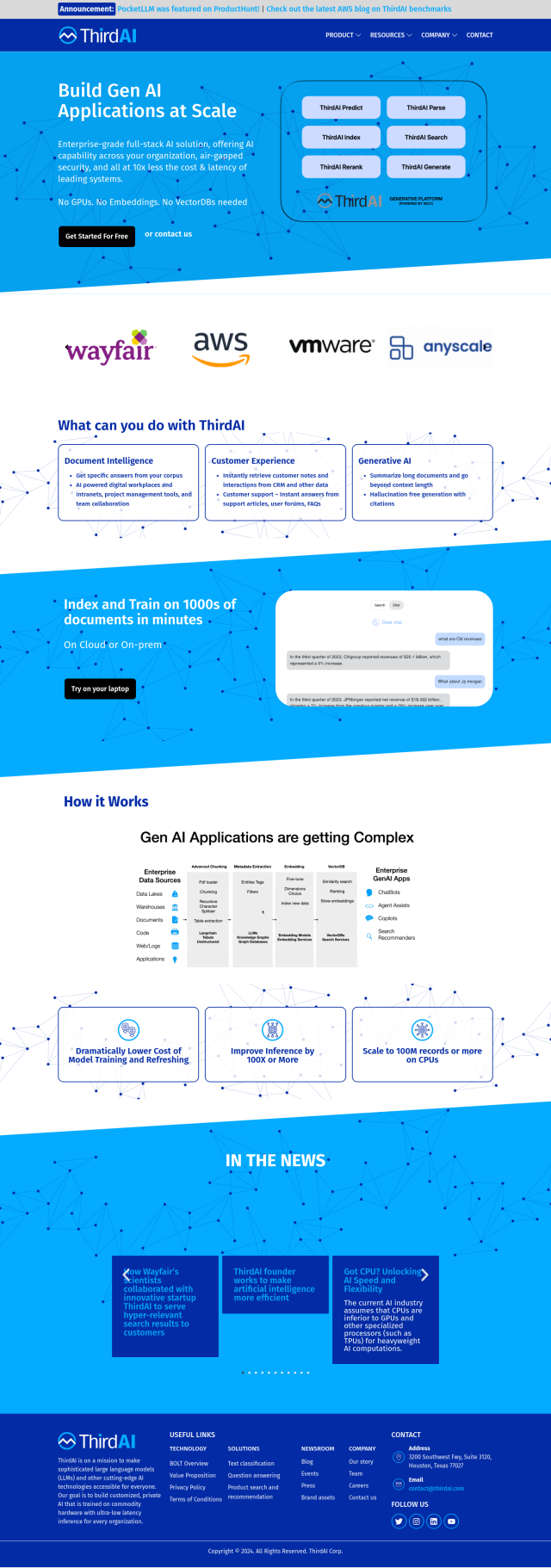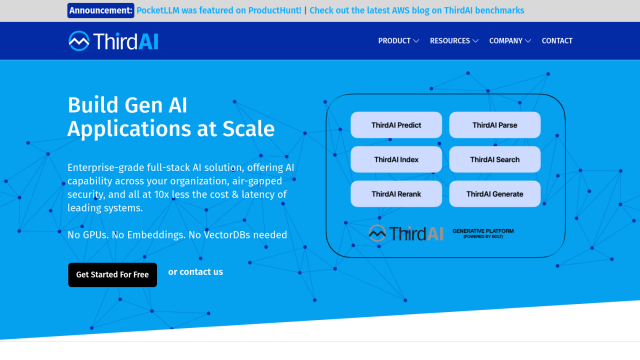
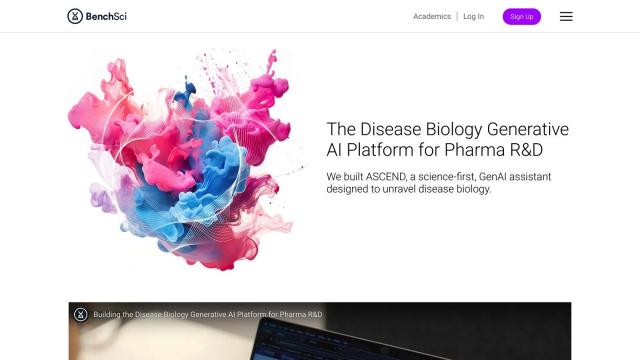
BenchSci
If you're looking for a Molecular Devices alternative, BenchSci could be a good fit. BenchSci's ASCEND platform is an AI-powered information retrieval system that can speed up drug discovery and other complex research workflows in preclinical R&D. It's built on a large data foundation that includes access to a vast dataset, including behind paywall papers, patents, preprints and third-party data. The platform includes enterprise-grade software that can be scaled, biology-focused multimodal AI that can understand experiments from text and figures, and internal data integrations with enterprise-grade security and service.

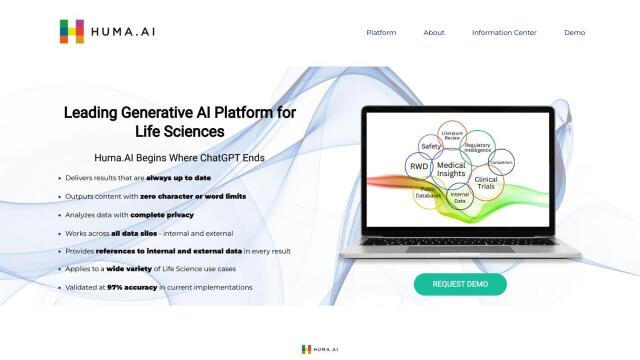
Huma.AI
Another option is Huma.AI, a generative AI system geared for the life sciences industry. Medical affairs, regulatory affairs and clinical development professionals can use it to analyze and interpret machine learning outputs. It offers up-to-date results with no character or word limits, complete privacy, and access to internal and external data sources, and references to support every result. Huma.AI can help solve a range of problems, including facilitating scientific exchange, understanding the competitive trial landscape, streamlining real-world data analysis, and automating post-market surveillance.
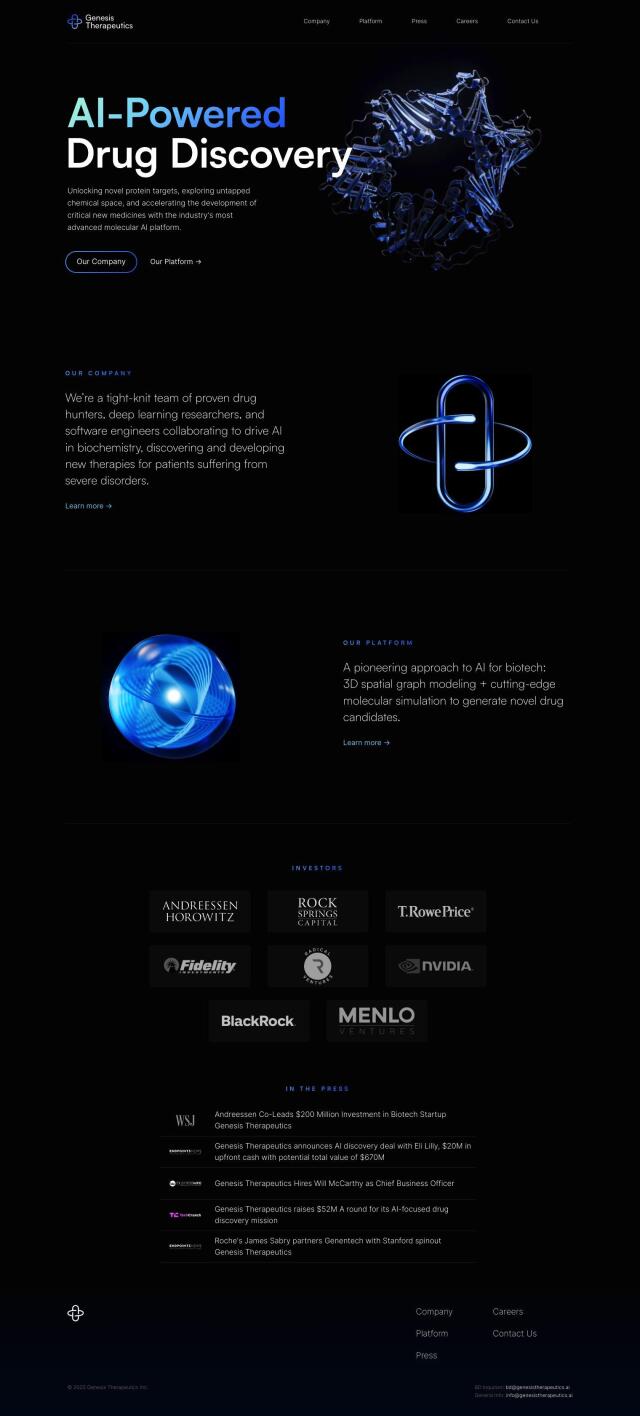
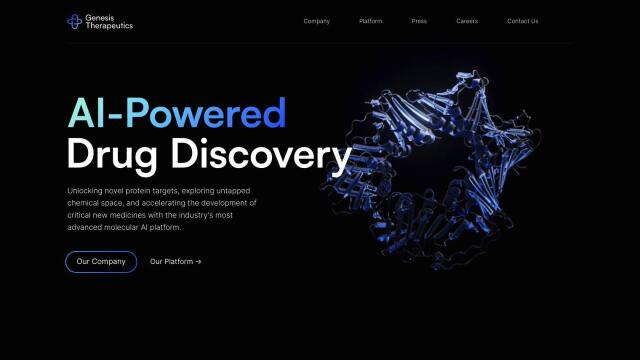
Genesis Therapeutics
If you're looking for a system to speed up the discovery of new drugs, you might want to check out Genesis Therapeutics. Its GEMS platform uses deep learning and molecular simulations to predict properties and generate molecules, allowing researchers and developers to design first- and best-in-class small molecule drugs with high potency and selectivity. The system can help researchers and developers find and develop new treatments for devastating diseases by predicting ADMET properties and learning 3D binding dynamics.

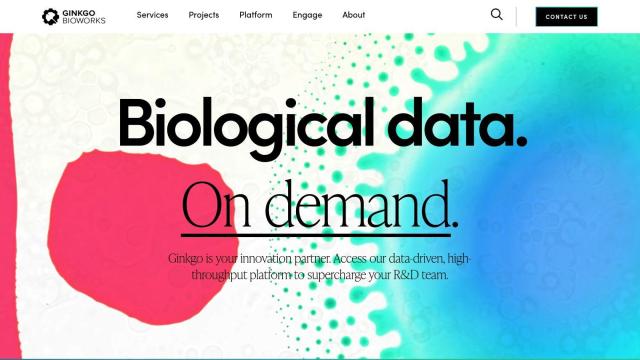
Ginkgo Bioworks
Finally, Ginkgo Bioworks has a cell programming platform that uses biology to build biotechnology solutions for a range of markets. It offers services including enzyme, protein and metabolic engineering, strain optimization, process design and scale-up, and biosecurity services, all made possible by proprietary automation and software. It's flexible and backed by a team of scientists and engineers who work closely with customers to address specific problems, helping R&D teams navigate the complexities of biology and get new products to market faster.

